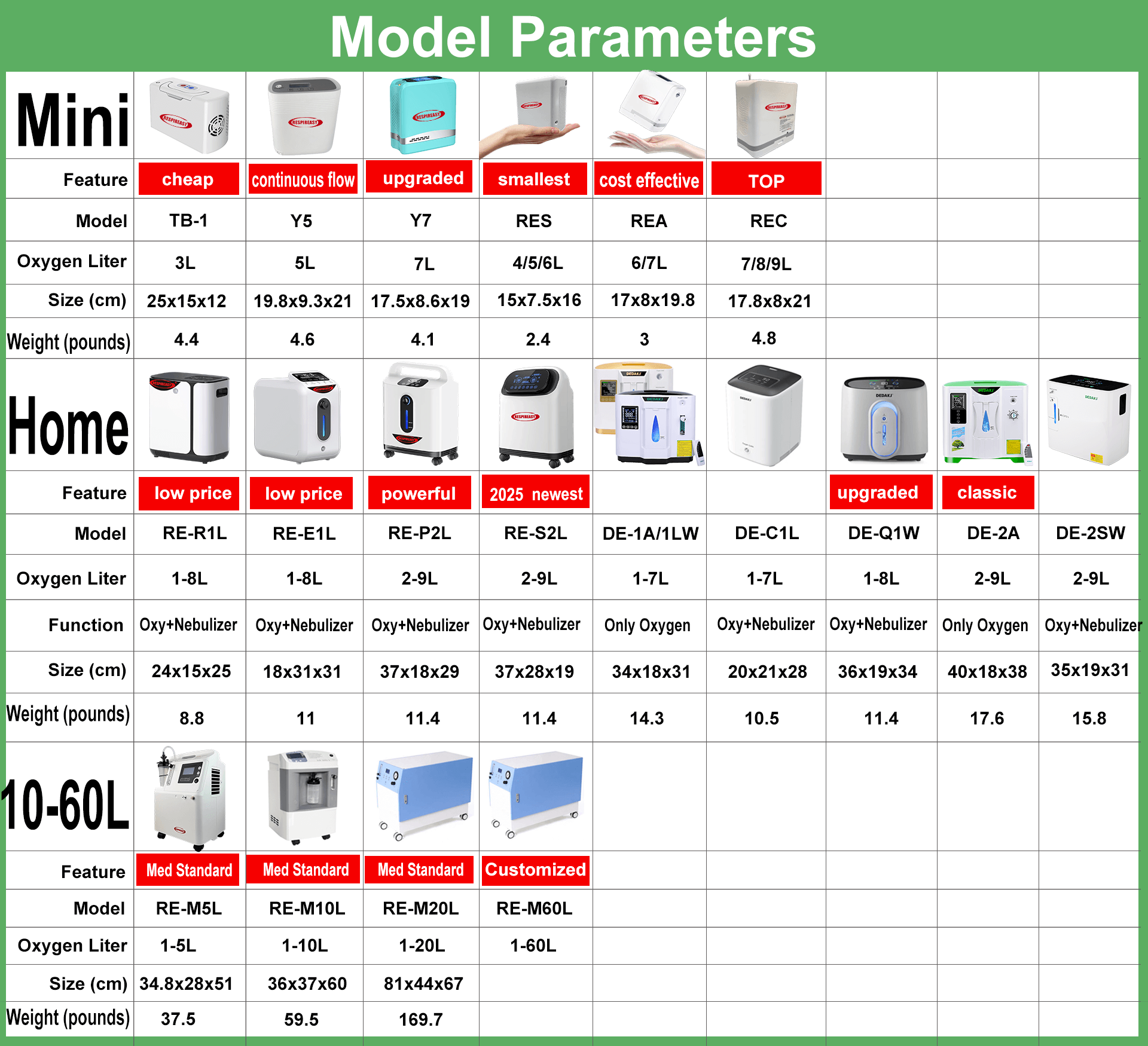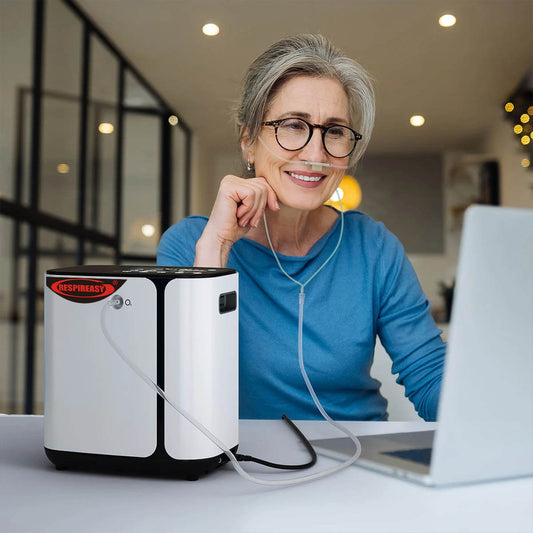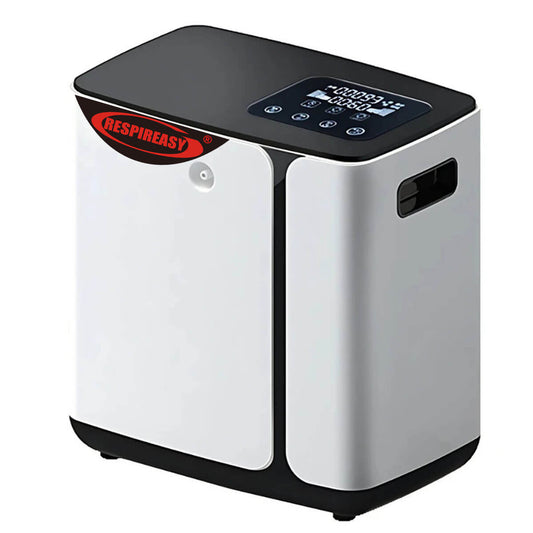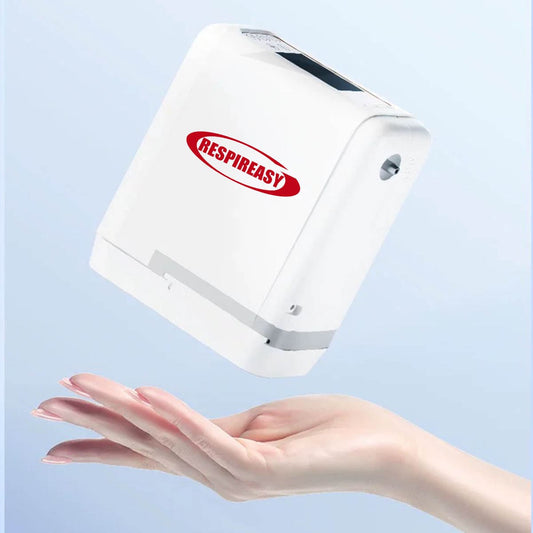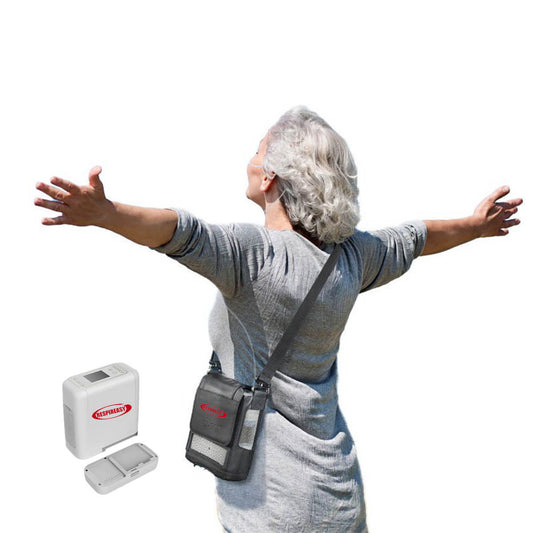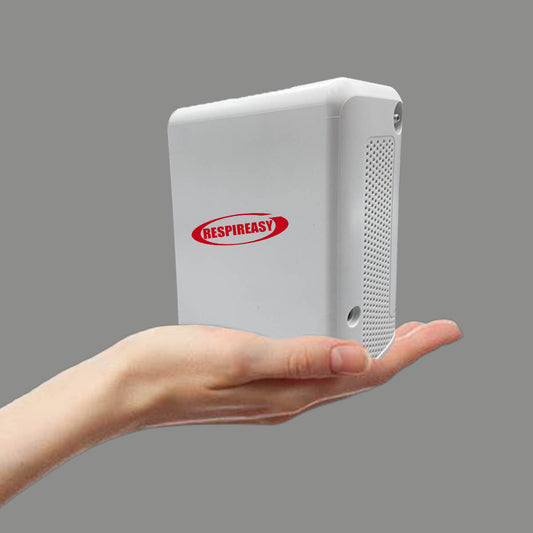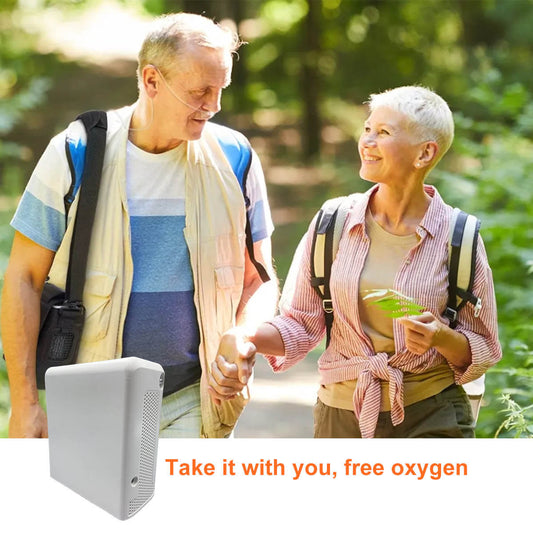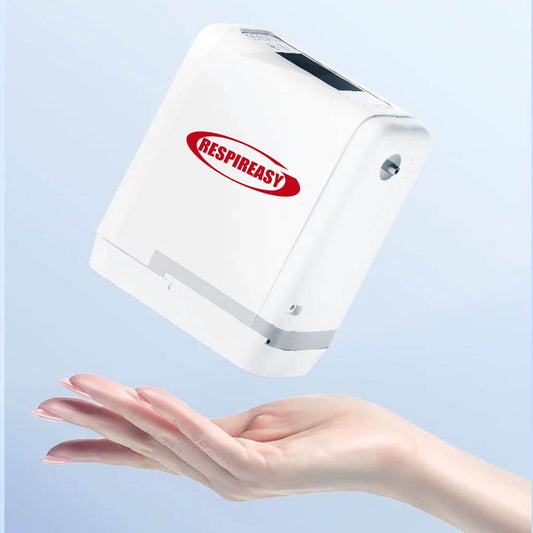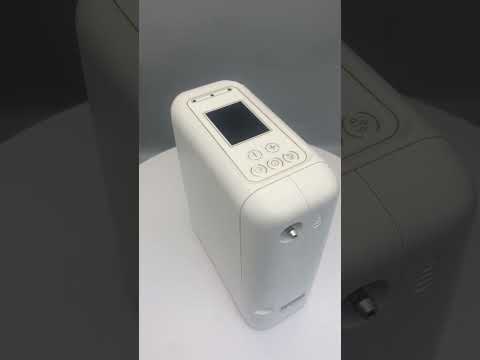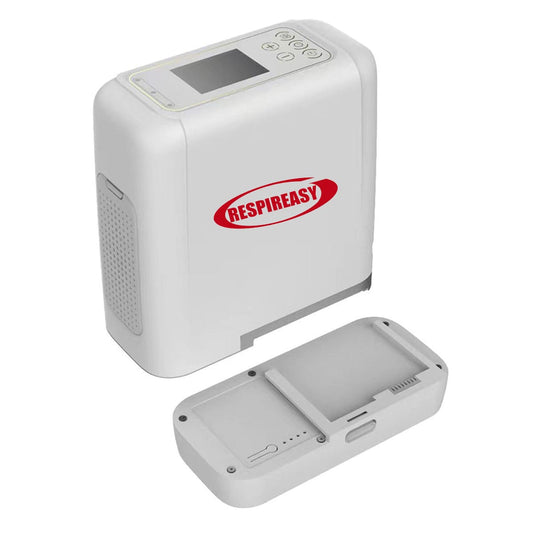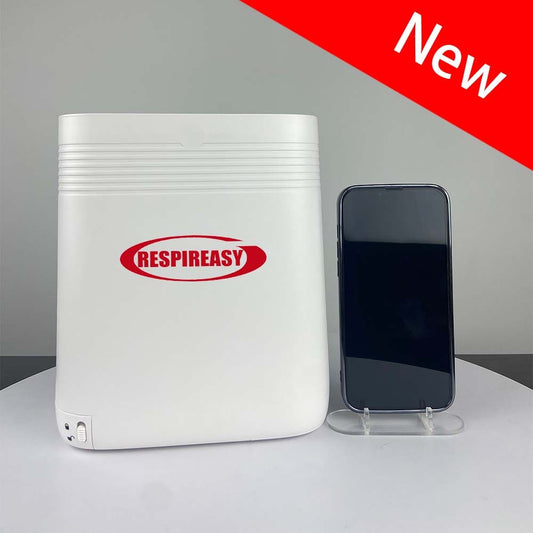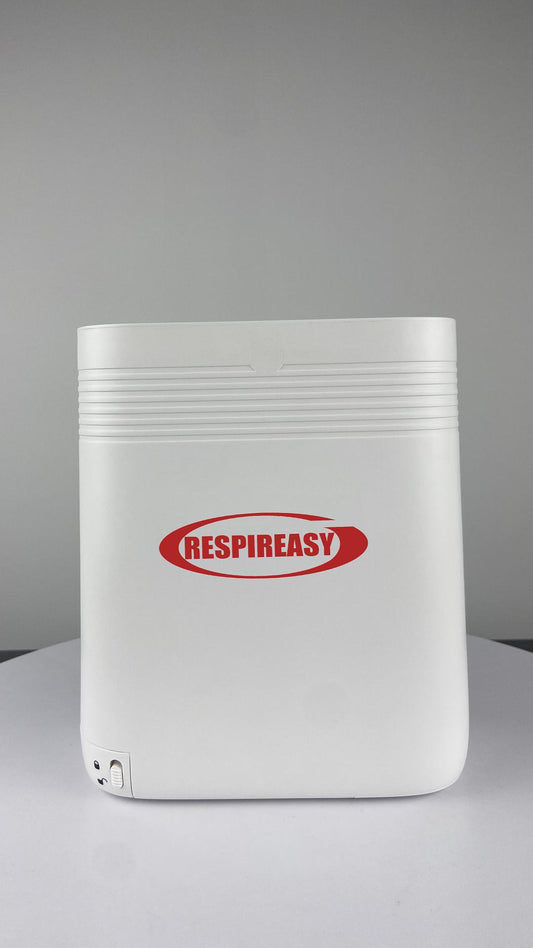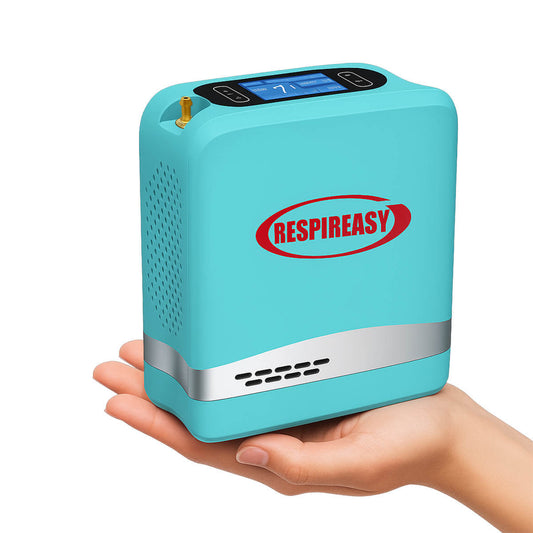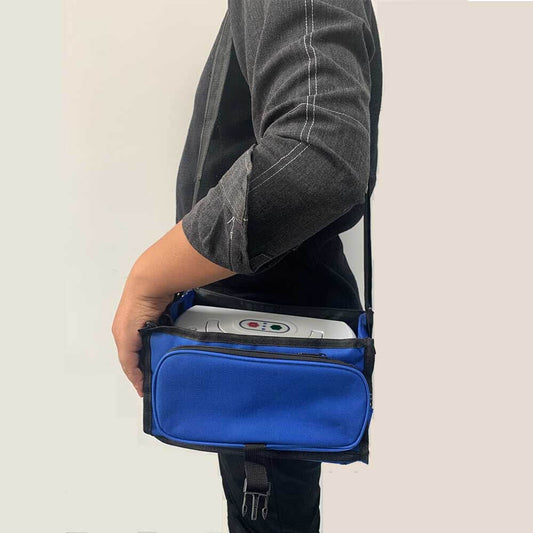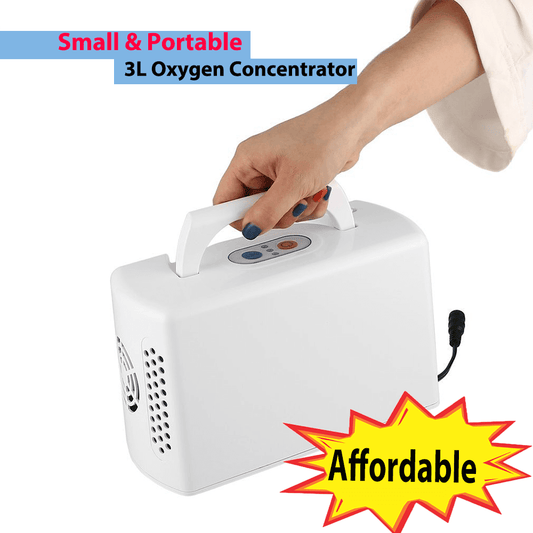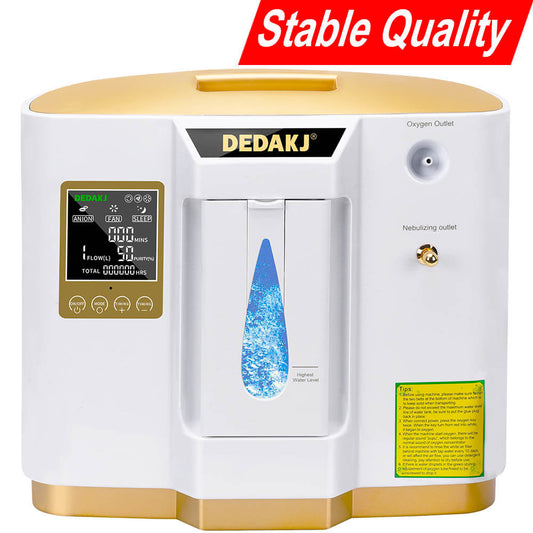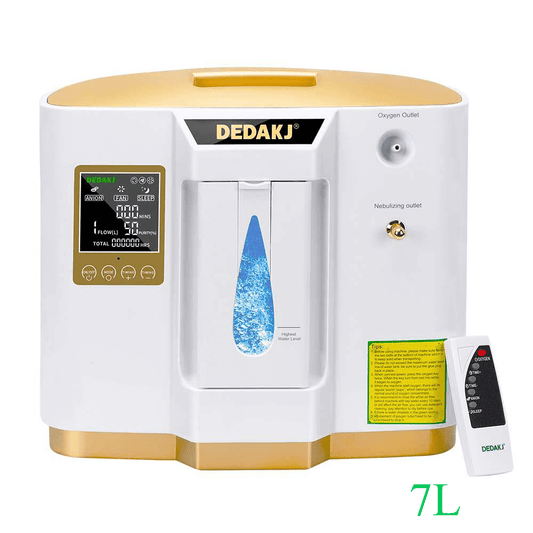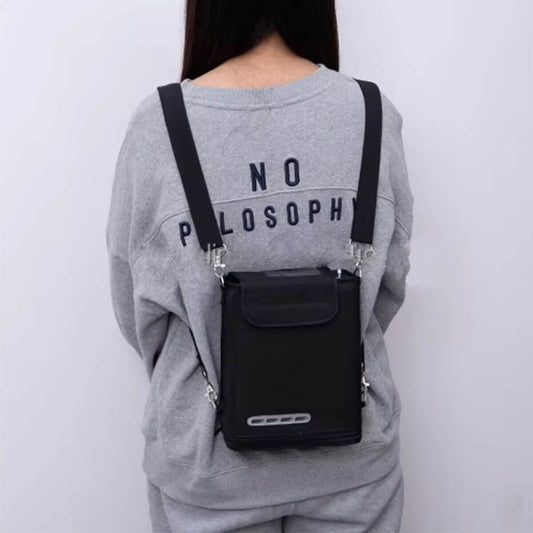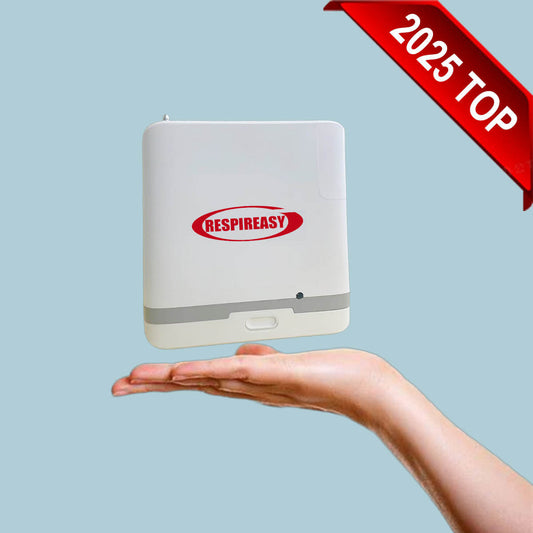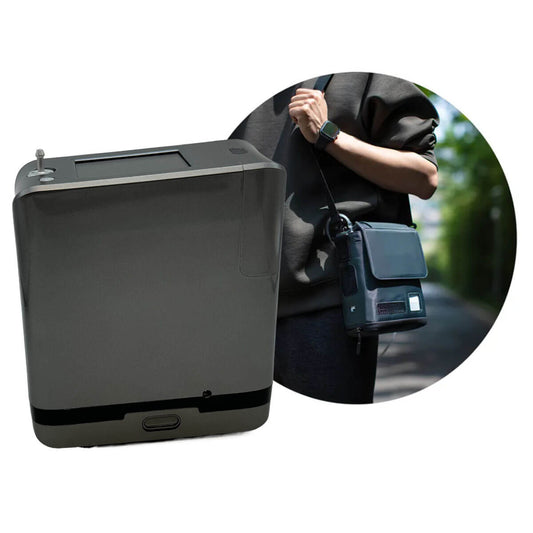How Much do you Know about the Oxygen Concentrators?
The working principle of most oxygen concentrators: use a compressor to pass air through a molecular sieve to separate oxygen.

Plateau travel: portable oxygen concentrator
Simple home health care: health oxygen concentrator
Occasional oxygen therapy: 3-liter medical oxygen concentrator
Long-term oxygen therapy: 10-liter medical oxygen concentrator
Critical care: 20-liter medical oxygen concentrator
How to choose a suitable continuous flow home oxygen concentrator?
1. Clarify your own usage scenarios and distinguish between medical-grade oxygen concentrators and health care machines.
2. Consider the development of the disease and reserve a higher flow to meet the needs of changes in the disease. The 5L machine has more advantages than the 3L machine.
3. Patients with type II respiratory failure should not use an oxygen concentrator alone. Oxygen inhalation alone will increase the risk of carbon dioxide retention. It should be used with a ventilator.
4. The noise of the oxygen concentrator is a very important consideration, especially for patients with chronic obstructive pulmonary disease, who are easily irritable. If the oxygen concentrator is very noisy, it will inevitably affect the user experience.
5. The later use cost, consumables, electricity bills, and warranty policies are also factors that need to be seriously considered.
6. Portable oxygen concentrators are mainly used for healthy people to breathe oxygen during plateau tourism. Patients with lung diseases are not recommended to use them as the main machine.
7. Oxygen therapy in high altitude areas should use plateau-specific models.
Precautions for use:
1. Heat dissipation: Because of the working principle of the oxygen concentrator, there is a compressor in the fuselage, which is a big heat generator. It should be placed according to the instructions to reserve heat dissipation space.
2. Filter cotton: Many oxygen concentrators are equipped with secondary filtration, which should be replaced and maintained regularly according to requirements.
3. Avoid smoke and dust environments to prevent smoke and dust from burdening the filtration system.
4. Avoid humid environments to prevent molecular sieves from getting damp and reduce oxygen concentration.
5. Pay attention to power stability. Unstable power supply will affect the normal operation of the compressor.
6. The amount of water added to the water cup should not be too much, generally add to half the capacity of the water cup. And use pure water, and change the water every day for more hygiene.
7. Nasal oxygen tubes are also consumables and need to be replaced regularly to prevent secondary pollution from causing lung infection.
8. Long-term startup can easily cause the compressor to overheat and lose pressure. In scenarios where the machine needs to be started for 24 hours, it is recommended to purchase two oxygen concentrators to work in turns.
Can an oxygen concentrator be used with a ventilator?
Ventilator + oxygen concentrator
In the scenario of type 2 respiratory failure, the ventilator has the best carbon dioxide removal effect. When the oxygen concentrator is used with an oxygen concentrator, oxygen can effectively ensure the blood oxygen concentration, thereby reducing the heart rate and reducing the work of breathing. Compared with the nasal oxygen cannula, the ventilator has a larger flow rate and more air leakage, so it is generally necessary to use an oxygen concentrator with a 5L or higher flow humidified oxygen therapy device.
High-flow humidified oxygen therapy device + oxygen concentrator
In the scenario of type 1 respiratory failure, the use of a high-flow humidified oxygen therapy device with an oxygen concentrator can effectively reduce the dead space. The reduction of dead space allows the alveoli to be more effectively exposed to fresh air, thereby improving the ventilation efficiency and reducing the respiratory rate. In simple terms, it means no more panting. Similar to a ventilator, compared to a nasal oxygen cannula, a high-flow humidified oxygen therapy device has a larger flow rate and more air leakage, so it generally needs to be paired with an oxygen concentrator with a 10L or higher flow rate humidified oxygen therapy device.
TOP oxygen concentrator supplier,reliable product and service
DEDAKJ oxygen concentrator manufacturer provides various models of 1-9L home oxygen concentrators, up to 20LPM medical oxygen concentrators as well as the 2 lbs lightweight portable oxygen concentrator for traveling.
This is top-rated DEDAKJ oxygen concentrator supplier, providing both DEDAKJ 10- 20 liter medical oxygen concentrators and 1-9 liters home oxygen breathing machines, and DEDAKJ oxygen accessories parts.
For more information on oxygen concentrators, please feel free to consult us.
And you are we welcome to place the order in our official store directly.
We are operating the USA, Europe, Mexico and UK local warehouses.
Usually you can receive the parcel within 3-6 days,very fast shipping time.
More important, as the honorable oxygen concentrator supplier, we can offer 1 year quality warranty to our customers!
























